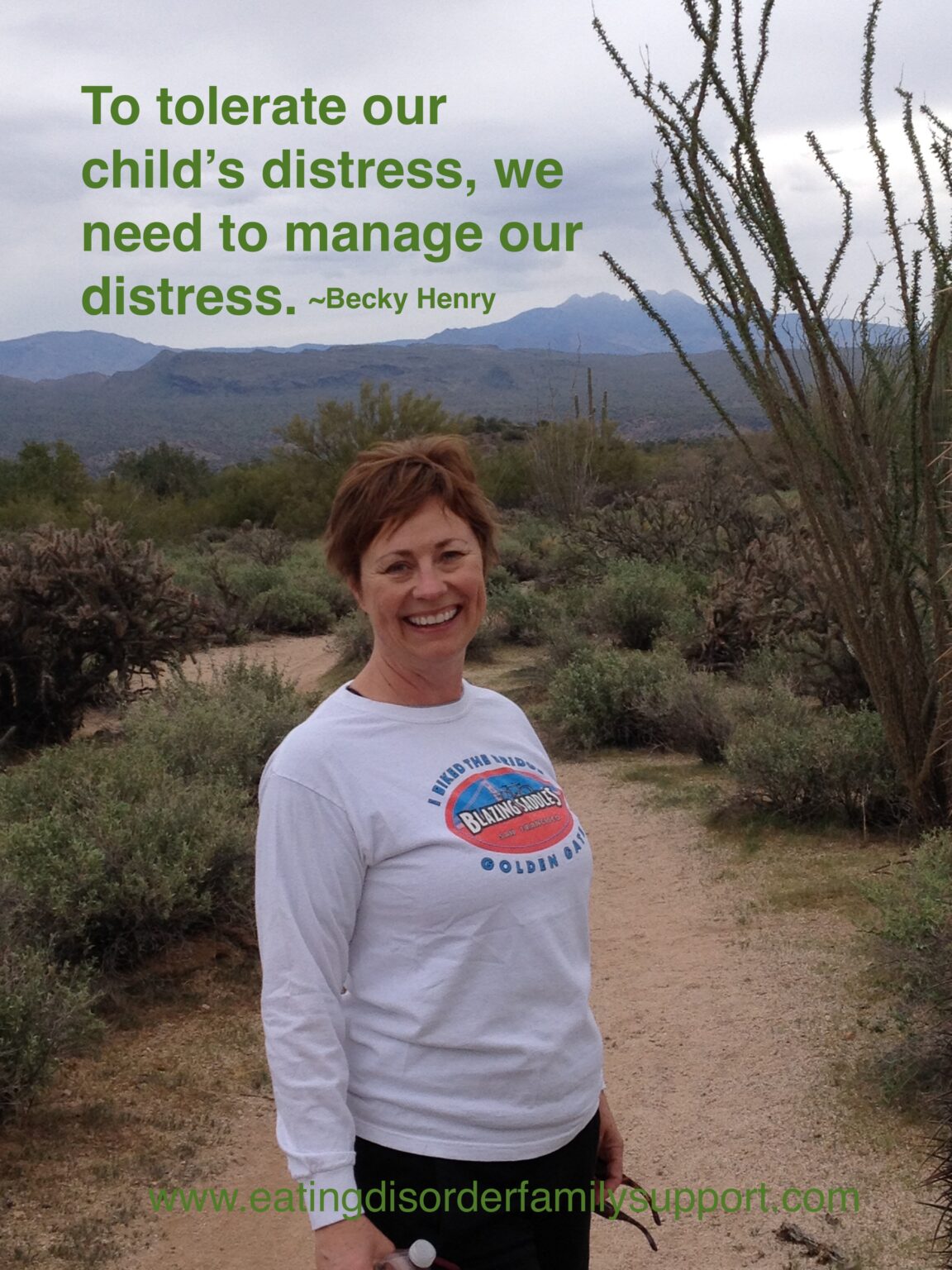 Every day in the USA at least 23 people die from eating disorders.
Every day in the USA at least 23 people die from eating disorders.
The line between being a supportive caregiver or parent, and enabling a family member struggling with an eating disorder can become blurry when fears run the show.
Enabling is defined as ‘Protecting someone from experiencing the full consequences of their behavior.’
We are absolutely terrified beyond description that our loved one is disappearing before our eyes – regardless of their weight…they are absent from their body as if their true self has been hijacked by this ‘ed monster’ and we cannot find them. What we see in front of us and hear talking back to us is not the person we knew. Now and then we will get glimmers, much like when a loved one has alzheimer’s. Did you see the film, “The Notebook?” It gives us momentary hope…and pain.
Family members do not want to see a loved one suffer. And being labeled as “enabling” or “enmeshed” or as an “anxious parent” increases everyone’s suffering.
Parents are not trained on how to tolerate a loved-one’s distress and how to manage our own distress at seeing them suffer. We need support and training on how to do this. We are having a normal reaction to an abnormal situation.
At some point all family caregivers learn how deadly eating disorders are. That is terrifying. We need help to calm the fears. Then we can be calm, compassionate, confident caregivers. The goal I teach in this chapter of the HUG Kits is to learn how to provide healthy love and support instead of enabling.
In the realm of eating disorders, terrified parents can get involved to the point of unintentionally and unknowingly supporting their eating disordered child/loved one’s behaviors. As a result, the child/loved one can become overly reliant on the parent/family member for help,  feeling as though they need their parent to be able to recover.
feeling as though they need their parent to be able to recover.
Parents may invest all of their time and energy into helping their child while neglecting their own feelings and needs. To an outsider, it may seem as though the parent or caregiver is simply being self-sacrificing in order to help their child to the best of their ability. However, this type of relationship begins to take a toll on the child and the parent, and may leave the parent feeling as though they need to “fix” their child.
It is essential for family members to be involved, and include these 4 things:Separate your child/family member from the eating disorder.Practice EXTREME self-care.Learn as much as possible about these complex, deadly illnesses.Get support from someone who knows eating disorders well.
How do we do these things when we need to protect someone from experiencing the potentially deadly consequences of their behavior? We love them and don’t want to see them suffer. We want them to live.
Sometimes parents find it helpful to ask themselves, “What specifically would allow me to shift from giving 100% of me to my loved one and start giving some to me?” “What might be different?”
When we see what enabling does for us and our loved one and what having healthy behaviors does for us and our loved ones we can see the benefits of learning different ways to provide support.
When we enable we can:Try to fix the EDStop LivingWorry all the TimeAre Held Hostage by EDLose HopeStop SleepingJump Down the WellGet on the Emotional RollercoasterBecome ResentfulFeel Exhausted
Results: Burn out, anger, bitterness, sickness, frustration, and ED gains the upper hand.
When we use healthy behaviors we can:
Can Feel Guilt at FirstBe Engaged Part of the TeamSupport the Therapeutic ProcessCan Enjoy Life AgainReduce DistressModel Health BehaviorsIncrease CompassionReduce BurnoutIncrease Hope for RecoveryLearn to ValidateCommunicate EffectivelyRemain CalmStop Accommodating EDReduce DramaPractice Self CareRaise ConfidenceLower our own DistressIncrease Capacity to Tolerate Child’s Distress
Results: We stop losing ourselves and become more effective at supporting our loved one.
I hope that this gives you some ideas and hope to begin to experience the benefits of learning different ways to provide support. Here is a sneak peek at a resource in my HUG Kit Guidebook: Article: Supporting vs Enabling; How to tell what’s helping and what’s not when a child has emotional or learning challenges, Julia Johnson Attaway https://childmind.org/article/supporting-vs-enabling-a-child-with-challenges/
 Keep loving, keep supporting, be present and keep YOU on your TO DO LIST. Remember, self care is not selfish.
Keep loving, keep supporting, be present and keep YOU on your TO DO LIST. Remember, self care is not selfish.

